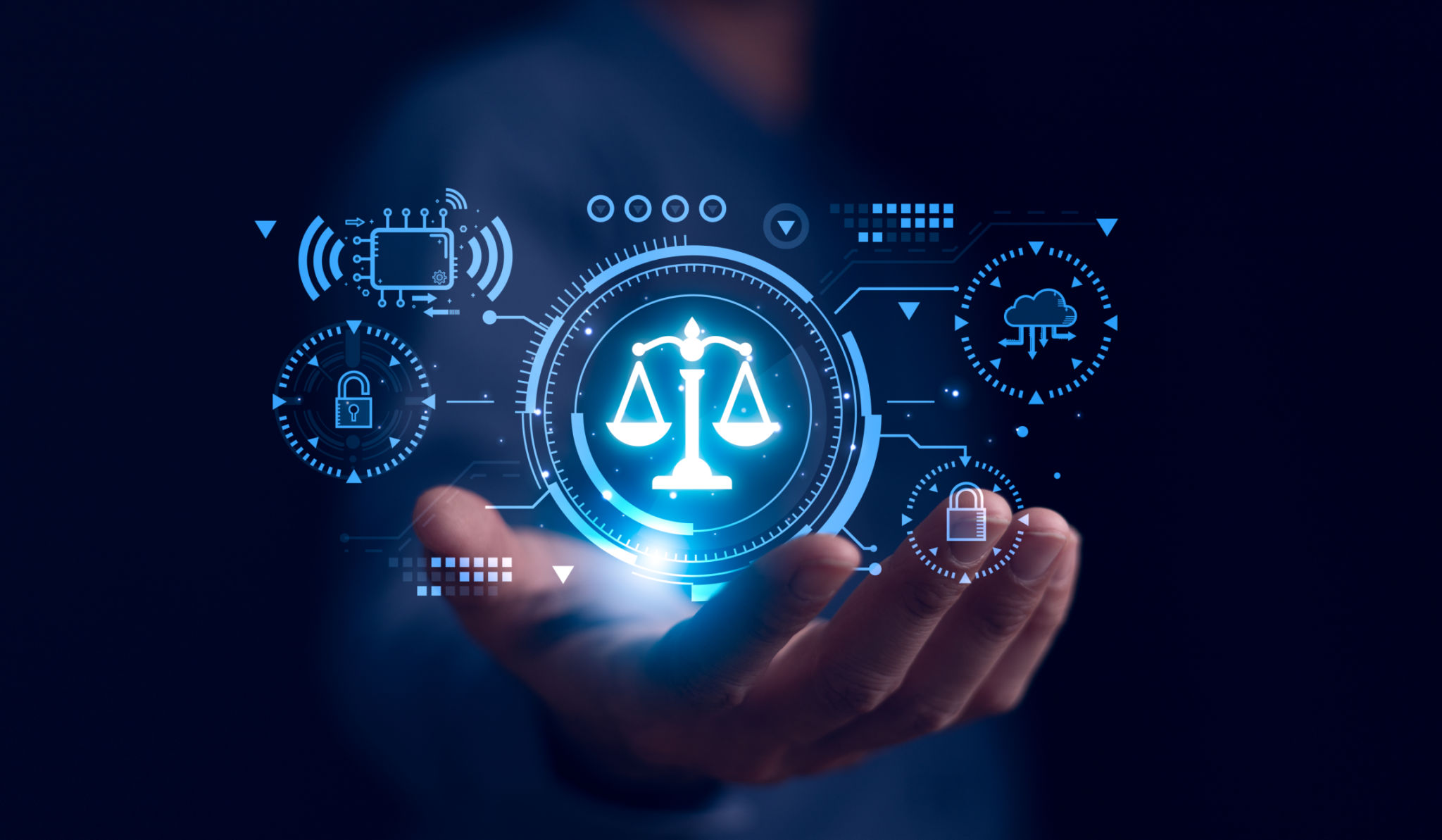Top Challenges in Implementing Web3 Solutions for Sustainable Development
Understanding Web3 and Its Role in Sustainable Development
Web3, the next iteration of the internet, promises a decentralized and user-centric digital ecosystem. By leveraging technologies like blockchain, it offers potential solutions for sustainable development. However, implementing Web3 solutions is not without its challenges. To harness its full potential, stakeholders must navigate several hurdles.

Complexity of Technology Integration
One of the primary challenges in implementing Web3 solutions is the complexity involved in integrating these technologies into existing systems. Blockchain, smart contracts, and decentralized applications (dApps) require new infrastructure, which can be costly and time-consuming to develop. Organizations need skilled personnel who understand these technologies to ensure a smooth transition.
Moreover, the interoperability between traditional systems and Web3 technologies remains a significant hurdle. Ensuring seamless communication and data exchange between these platforms is crucial for achieving sustainable development goals.
Regulatory and Legal Barriers
Another critical obstacle is navigating the regulatory and legal landscape. As Web3 is still evolving, many jurisdictions have yet to establish clear regulations governing its use. This uncertainty can deter businesses from adopting Web3 solutions due to fears of non-compliance or future regulatory changes that could impact their operations.

Additionally, the decentralized nature of Web3 poses unique legal challenges. For instance, determining liability and ownership in decentralized networks can be complicated, creating potential legal disputes that could hinder sustainable development initiatives.
Scalability Issues
Scalability is a significant challenge for Web3 technologies. Current blockchain networks often struggle with processing high volumes of transactions quickly and efficiently. This limitation can impede the implementation of large-scale sustainable development projects that require robust and scalable infrastructure.
Innovative solutions such as layer 2 protocols and sharding are being developed to address these scalability issues. However, widespread adoption and implementation of these solutions are still in progress.

Lack of Awareness and Education
The lack of awareness and understanding of Web3 technologies among stakeholders is another barrier to their implementation for sustainable development. Many decision-makers are unfamiliar with the benefits and potential applications of Web3, leading to hesitation in investing in these technologies.
Educational initiatives aimed at increasing knowledge and understanding of Web3 are essential. By demystifying these technologies, stakeholders can make informed decisions that align with sustainable development goals.
Ensuring Security and Privacy
Security and privacy concerns are paramount when implementing Web3 solutions. While blockchain technology offers enhanced security features, it is not immune to vulnerabilities. Ensuring the security of data and transactions is crucial to gaining trust among users and stakeholders.
Moreover, the decentralized nature of Web3 presents unique privacy challenges. Balancing transparency with privacy is essential for protecting user data while maintaining accountability within decentralized networks.
The Path Forward
Despite these challenges, the potential of Web3 technologies to drive sustainable development is undeniable. By addressing these obstacles through collaboration, innovation, and education, stakeholders can unlock new opportunities for creating a more sustainable and equitable digital future.
